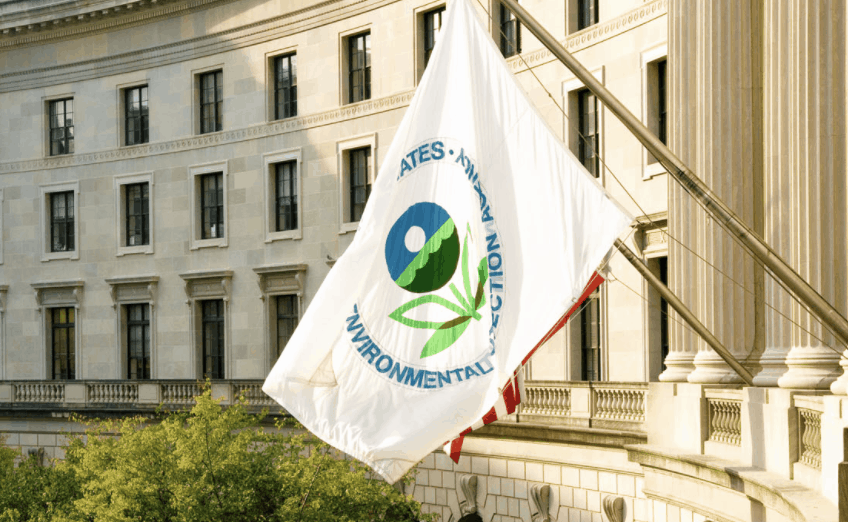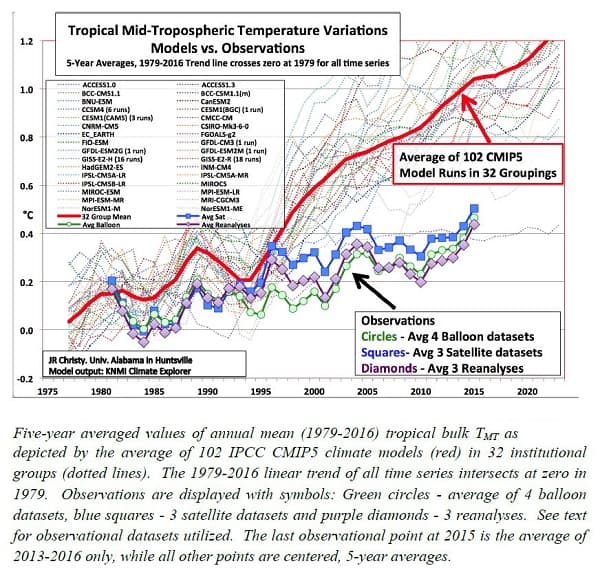Trump Auto Rule: Washington Post’s Non-Shocking Non-Discovery

 Today in the Washington Post, Juliet Eilperin, Brady Dennis, and Chris Mooney bash the Trump Administration’s SAFE Vehicles Rule, a proposal to freeze new motor vehicle fuel economy standards at the 2020 levels through 2026. Eilperin, Dennis, and Mooney (EDM) claim, or rather insinuate through the mouths of others, that the SAFE rule is a plan to doom humanity to a future of planetary ruin.
Today in the Washington Post, Juliet Eilperin, Brady Dennis, and Chris Mooney bash the Trump Administration’s SAFE Vehicles Rule, a proposal to freeze new motor vehicle fuel economy standards at the 2020 levels through 2026. Eilperin, Dennis, and Mooney (EDM) claim, or rather insinuate through the mouths of others, that the SAFE rule is a plan to doom humanity to a future of planetary ruin.
“Last month, deep in a 500-page draft environmental impact statement, the Trump administration made a startling assumption: On its current course, the planet will warm a disastrous 7 degrees by the end of this century,” EDM breathlessly report.
Actually, there is nothing startling about that assumption. It’s the same old catastrophe narrative begat by mating overheated climate models (first figure below) with an emission scenario known as RCP8.5 that bizarrely assumes coal displaces gas as the world’s dominant electricity fuel throughout the 21st century (second figure below).


Mooney, for one, has been peddling climate catastrophe for years. What is startling is that EDM should find anything startling about finding “consensus” climatology in the draft environmental impact statement. The EIS attempts to estimate the change in greenhouse gas emissions and climate impacts resulting from the SAFE rule’s proposed revisions to the Obama administration’s fuel economy standards. To do that, the EIS must compare apples to apples.
In other words, the EIS must use the Obama administration’s climate sensitivity estimates, which derive from the aforementioned overheated models, and a high baseline emission scenario. The Obama administration was partial to RCP8.5 because it is very close to being a worst-case scenario, projecting higher emissions than about 90 percent of baseline scenarios in the literature.
EPA’s 2015 Benefits of Global Action report, using a baseline roughly equivalent to RCP8.5, projected carbon dioxide concentrations would reach 826 ppm in 2100 (p. 10). The Trump agencies’ updated baseline scenario, called GCAM Reference, projects concentrations to increase somewhat more slowly, reaching 789 ppm in 2100 (EIS, p. 5-24).
The EIS finds that replacing the Obama mileage standards with the SAFE rule’s standards would have vanishingly small impacts on greenhouse gas emissions, global temperatures, and sea levels.
Specifically, under the SAFE rule, atmospheric carbon dioxide concentration would reach 789.76 parts per million in the year 2100 instead of 789.11 ppm—an 8/100th of a percent increase. That extra 0.65 part per million of carbon dioxide would increase global average annual temperature by 0.003°C and sea levels by 6 millimeters in 2100 (see table below).

Three one-thousands of a degree Celsius is 27 times smaller than the margin of error (0.08°C) for measuring changes in global average temperature. So, the climate impact of the Trump proposal would be undetectable under current scientific methods.
More importantly from a policy standpoint, an unverifiable bump of 0.003°C in global average temperature and six millimeters in sea levels 82 years from now would make no practical difference to weather patterns, coastal flooding, polar bear populations, or any other environmental condition people actually care about.
To make mountains out of these mole hills, EDM quote two climate experts and a politician. “The amazing thing they’re saying is human activities are going to lead to this rise of carbon dioxide that is disastrous for the environment and society. And then they’re saying they’re not going to do anything about it,” said Michael MacCracken, former senior scientist at the U.S. Global Change Research Program.
Ridiculous. Again, to make an apples-to-apples comparison between the Obama standards and the SAFE rule standards, the EIS must use the Obama methodology. If it didn’t, people like MacCracken would trash the EIS for “cherry picking” climate sensitivity estimates and emission scenarios.
The Obama administration assumed a climate sensitivity of 3°C for a doubling of carbon dioxide-equivalent greenhouse gas emissions. Accordingly, the Trump Environmental Protection Agency and National Highway Traffic Safety Administration also assume a 3°C sensitivity, even though many recent studies indicate significantly lower values.
Besides, if the Trump administration fuel economy standards don’t “do anything” about climate change, neither do the Obama standards, as can be seen in the tables above. Or take a gander at this chart from the SAFE rule:

EDM also quote David Pettit, a senior attorney at the Natural Resources Defense Council (NRDC):
He noted that the [National Highway Traffic Safety Administration] document projects that if the world takes no action to curb emissions, current atmospheric concentrations of carbon dioxide would rise from 410 parts per million to 789 ppm by 2100. “I was shocked when I saw it,” Pettit said in a phone interview. “These are their numbers. They aren’t our numbers.”
The attorney doth protest too much. Pettit is the last person who should be shocked by 789 ppm. In July 2017, NRDC released “Killer Heat,” a report warning that failure to implement the Paris Agreement would kill 128,000 Americans in the final decade of this century. It’s alarmist propaganda, as explained previously. The key point for present purposes is that Killer Heat’s baseline emission scenario is RCP8.5, which, as noted above, projects even higher carbon dioxide concentrations than the Trump agencies’ baseline. The Trump agencies’ numbers are NRDC’s numbers, just adjusted in light of new data.
EDM go on to quote Gov. Jay Inslee (D-WA) who condemns Trump’s “reprehensible behavior” for failing to protect his children and grandchildren. Inslee conveniently ignores the equal impotence of the Obama standards to measurably affect global warming.
EDM, for their part, ignore the Trump administration’s estimate that the SAFE rule would save $250 billion in auto industry compliance costs, $77.1 billion in avoided traffic fatalities, and $120.4 billion in avoided serious injuries. If those estimates are anywhere near the ballpark—indeed, if the SAFE rule simply helps middle-income households afford to buy new motor vehicles—the proposal makes good sense, because sticking with the Obama standards would have no discernible climate benefits.
This post’s discussion of the RCP8.5 emission scenario has been updated for accuracy.